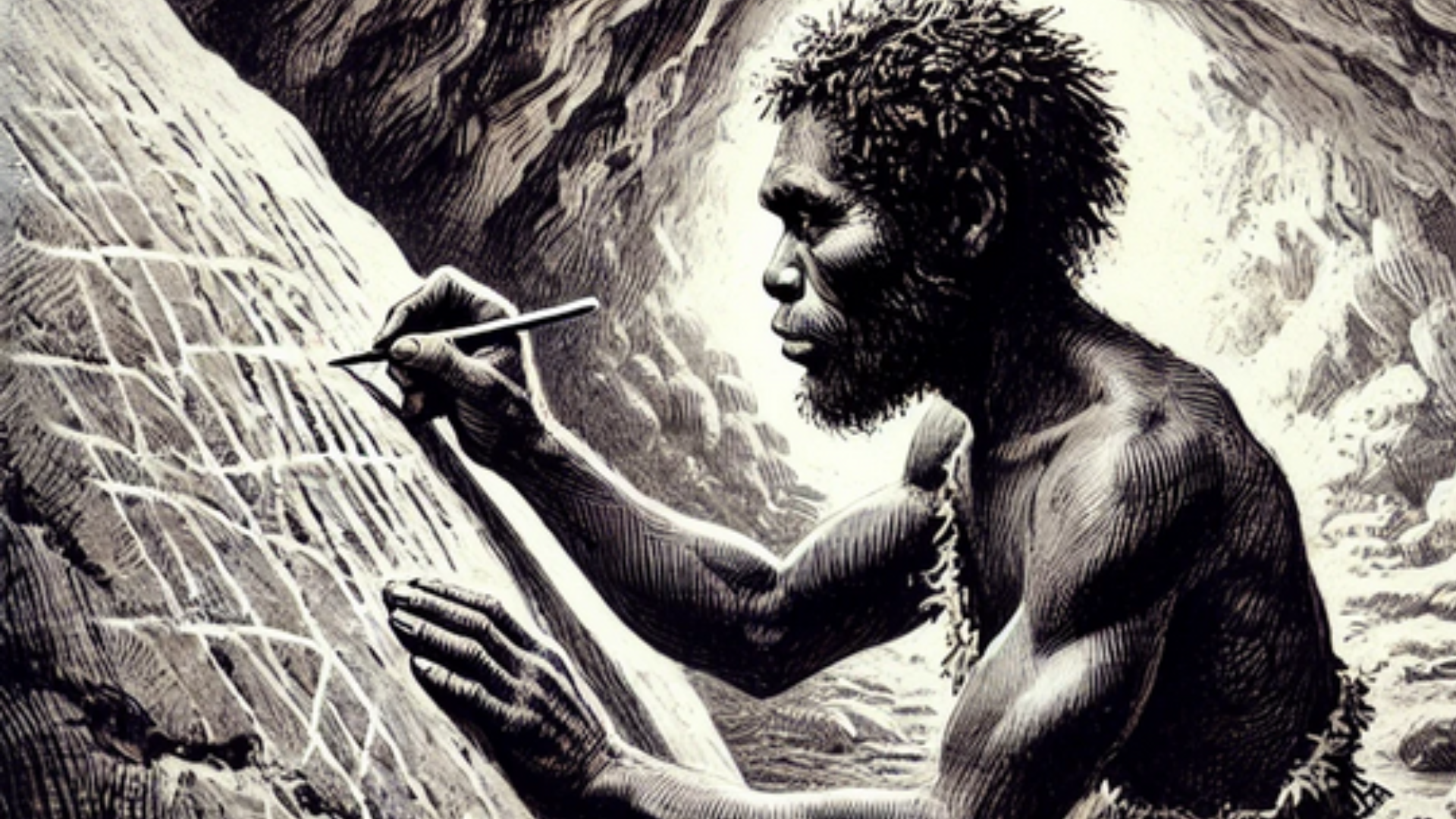From the shores of what was once a vast (but now inundated) Paleo-Agulhas Plain to Blombos Cave where humans began experimenting with art, this three-part series explores how the first Homo sapiens survived a brutal Ice Age and thrived to become us. But can the team find a 100,000-year-old human footprint?
Part 1: Citizen science, master trackers and deciphering the sands of time
/file/dailymaverick/wp-content/uploads/2024/10/Strange-aeolianite-formations-near-StillBay-Don-Pinnock.jpg)
Part 2: Blombos Cave and the birth of human intelligence
/file/dailymaverick/wp-content/uploads/2024/11/Don-strandloper2.jpg)
Part 3: An undisclosed coast and the search for the magical human footmark
/file/dailymaverick/wp-content/uploads/2024/11/Jan-De-Fynck-checking-a-trackway-Don-Pinnock-27.jpg)




 Photo via SketchyAI
Photo via SketchyAI 